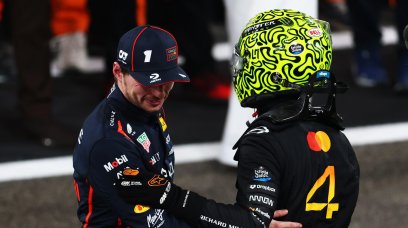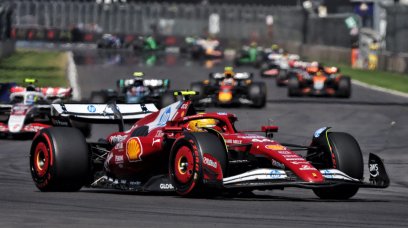Charles Leclerc's victory in the Austrian Grand Prix stemmed from a significant advantage over Max Verstappen: better tyre management. It was clear via the television footage alone that Ferrari had the upper hand on Red Bull, with the balance of the F1-75 practically perfect. The corner entries on both Leclerc and teammate Carlos Sainz's cars - until the Spaniard retired, at least - was extremely sharp and precise, but even more important was the traction displayed on the exits. In the second sector, the twisty section of the Red Bull Ring, the F1-75 displayed its potential in full and made up plenty of time on the RB18. Indeed, the traction on Red Bull's cars appeared to be compromised by high degradation on the rear tyres, alongside the front-left tyre – an unusual situation for the Milton Keynes-based outfit.
What was the cause of Red Bull's tyre issues?
Limiting tyre degradation was one of the strengths of the RB18 across previous Grands Prix this season, but it was the opposite this time out in Austria. That also came as a huge surprise to the Red Bull mechanics, including Verstappen's race engineer, Gianpiero Lambiase, who could not explain the high degradation experienced on both the Medium and Hard compounds. Looking for an explanation, fluctuating temperatures over the previous two days is not an answer, as the air temperatures were nearly identical. Therefore, a higher load on the car - as a result of low air density due to higher temperatures - can be dismissed as a hypothesis. It is more realistic to look for the root cause in the car's basic set-up, which may have been too geared towards low-fuel running, which was very profitable for Saturday's Sprint race. However, with more fuel on board, the balance of the car changed considerably, with the effects being felt through increased tyre degradation.
Most read








